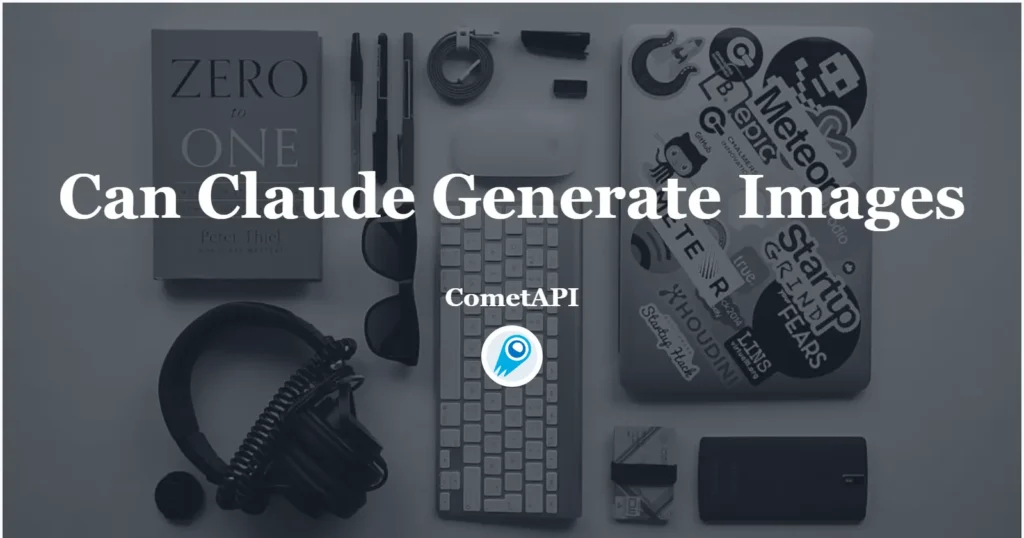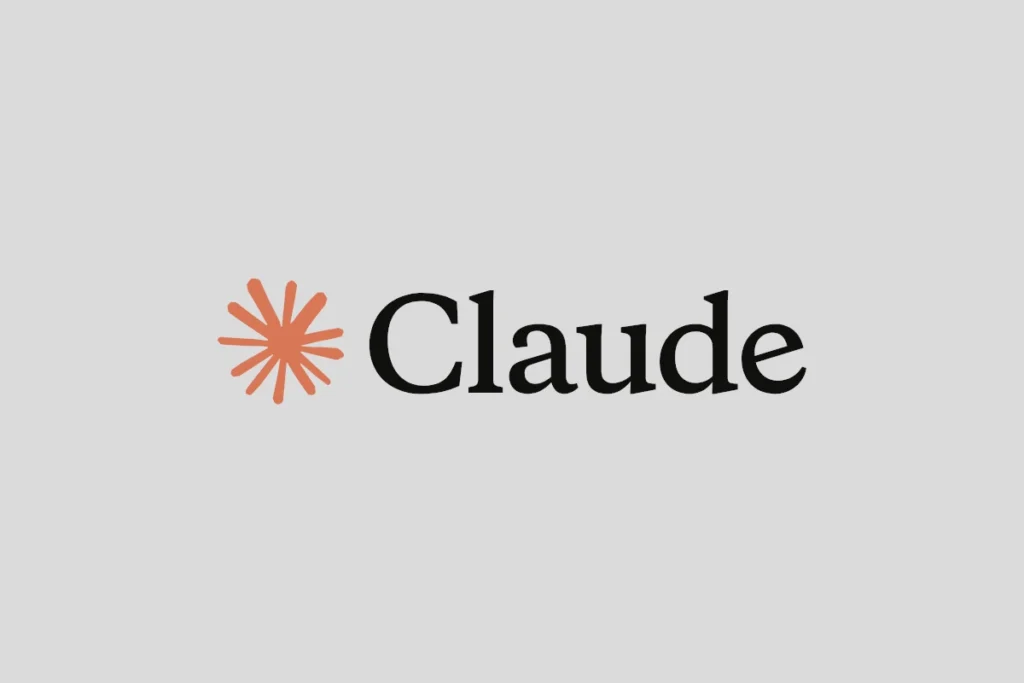Can Claude Create Images? All You Need to Know

In recent months, a growing number of developers and enterprises have asked a common question: Can Anthropic’s Claude models generate new images directly? While Claude has made impressive strides in multimodal understanding—allowing users to upload and analyze images—the ability to natively generate novel visuals remains a point of confusion.
What is Claude and what can it currently do?
Claude is a family of large language models (LLMs) developed by Anthropic, a leading AI research and development company founded by former OpenAI executives. Since its initial public release in March 2023, Claude has evolved through multiple major versions—Claude 1, Claude 2, Claude 3 (Haiku, Sonnet, Opus), and most recently Claude 4 (Opus 4 and Sonnet 4) released on May 22, 2025. Claude models are designed to be highly capable conversational agents, excelling at tasks such as drafting documents, writing and debugging code, answering complex questions, and performing advanced reasoning tasks .
Anthropic positions Claude as a “safe, helpful, and steerable” assistant that can connect to your documents, tools, and the web, enabling seamless integration into enterprise workflows. Key features include multi-hour “extended thinking,” which allows the model to pause and fetch additional data before continuing its response, and “Artifacts,” a no‑code tool that lets users turn prompts into shareable mini-applications, visualizations, and automations without the need for programming expertise.
While Claude’s text-based abilities have been the core focus, starting with Claude 3, the model gained the capacity to ingest and analyze images as inputs—enabling users to upload photos, diagrams, or screenshots and ask questions about them. Despite these multimodal input capabilities, Anthropic has not officially launched any native image generation feature akin to DALL·E or Stable Diffusion as of June 30, 2025 .
Can Claude generate images right now?
Current state of image generation support
As of June 30, 2025, Claude’s publicly available offerings do not include a feature for generating images from scratch. Unlike some competing platforms—such as OpenAI’s DALL·E or Stability AI’s Stable Diffusion—Claude lacks a built‑in text‑to‑image engine that can render entirely new visuals based on user prompts .
Anthropic has prioritized safety, interpretability, and enterprise utility in Claude’s roadmap, focusing on text and code reasoning, tool integration (e.g., API calls, web searches), and generative workflows such as Artifacts. The omission of native image generation suggests a deliberate choice, likely motivated by Anthropic’s safety‑first ethos and concerns over misuse of synthesized imagery.
Third‑party tools and workarounds
While Claude itself does not directly produce images, developers and enterprises can integrate Claude’s API with external image-generation services. For instance, in a prototype workflow, Claude could draft a textual description and then invoke another API—such as DALL·E or an open‑source diffusion model—to translate that description into visuals. This hybrid approach allows organizations to leverage Claude’s advanced reasoning and prompt‑crafting strengths while outsourcing the actual image synthesis to specialized models .
Such integrations highlight Claude’s extensibility but also underscore the fact that, out of the box, Claude remains focused on text-based and analytical tasks rather than full-fledged multimodal output generation.

Why hasn’t Anthropic enabled image generation in Claude?
Safety and alignment considerations
Anthropic’s charter emphasizes building AI that is safe, steerable, and aligned with human values. Generative vision models—while immensely popular—pose unique challenges around misuse, deepfakes, and style‑based appropriation. By withholding image‑generation capabilities, Anthropic reduces the risk of generating harmful or misleading imagery, aligning with its commitment to a “responsible scaling” approach .
Technical and resource trade‑offs
Developing high‑fidelity image generators requires vast computational resources and specialized training data. Anthropic may have opted to concentrate engineering efforts on advanced reasoning, coding, and multimodal analysis rather than diverting capacity to image synthesis. This focus has paid dividends: Claude Opus 4 was recently lauded as “the world’s best coding model,” underscoring Anthropic’s decision to prioritize text‑based and reasoning advances over image generation.
How does Claude compare to other multimodal models?
Competitor landscape
Several other major AI platforms offer integrated text-to-image capabilities alongside language understanding:
- OpenAI’s GPT-Image-1: GPT-Image-1 is designed to generate and edit high-quality images from textual prompts, offering users the ability to create visuals in diverse styles and formats .
- Google’s Imagen and Gemini: Google’s Gemini Ultra merges text, code, and image generation in a unified model, promising higher-quality visuals but with Google’s extensive safety pipeline.
- Stability AI’s Stable Diffusion: An open-source powerhouse for image synthesis, widely adopted in creative and research communities.
None of these offerings match Claude’s extended reasoning or prompt-driven tool integration, but they outpace Claude in pure image generation quality and flexibility.
Multimodal analysis vs. generation
Claude excels at multimodal analysis—understanding and reasoning about images provided by users—and tool chaining, where it orchestrates web queries, code execution, and external APIs to fulfill complex, multi-step workflows. Its omission of native image generation doesn’t inhibit its ability to explain, critique, or improve visuals supplied by users.
By contrast, models like Stable Diffusion focus exclusively on producing images, lacking the deep reasoning and step-by-step problem‑solving that Claude demonstrates in text-based tasks. Organizations requiring mixed media workflows often combine Claude’s reasoning with external diffusion models to achieve the best of both worlds.
What are the technical limitations and best practices?
Even with a two‑step pipeline, developers must navigate constraints to achieve high‑quality results.
Latency and cost considerations
Chaining two APIs—one for prompt generation and one for image synthesis—doubles processing time and can amplify token‑or‑compute costs. Budgeting for end‑to‑end latency is crucial, especially in real‑time applications.
Prompt fidelity and iteration
- Granularity: Overly terse prompts can lead to vague visuals; developers should instruct Claude to include color palettes, composition cues, and emotional tone.
- Loopback refinement: Capture the initial image output, feed metadata and user feedback back into Claude for prompt tweaking, and re‑invoke the image model. This iterative loop often yields polished results.
Ethical guardrails
Implement content filters on both text and image channels. While Claude applies moderation to its text outputs, image engines may require separate safe‑generation settings to prevent offensive or harmful content.
Getting Started
CometAPI provides a unified REST interface that aggregates hundreds of AI models—including Claude AI family—under a consistent endpoint, with built-in API-key management, usage quotas, and billing dashboards. Instead of juggling multiple vendor URLs and credentials.
Developers can access Claude Sonnet 4 API (model: claude-sonnet-4-20250514 ; claude-sonnet-4-20250514-thinking) and Claude Opus 4 API (model: claude-opus-4-20250514; claude-opus-4-20250514-thinking)etc through CometAPI. . To begin, explore the model’s capabilities in the Playground and consult the API guide for detailed instructions. Before accessing, please make sure you have logged in to CometAPI and obtained the API key. CometAPI’ve also added cometapi-sonnet-4-20250514 and cometapi-sonnet-4-20250514-thinking specifically for use in Cursor.
Developers can access GPT-image-1 API and Midjourney API to generate image.
New to CometAPI? Quick Start and unleash API on your toughest tasks.If you have any questions about the call or have any suggestions for us, please contact us through social media and email address support@cometapi.com.
We can’t wait to see what you build. If something feels off, hit the feedback button—telling us what broke is the fastest way to make it better.
Conclusion
While Claude has become a premier AI assistant for text-based reasoning, code generation, and multimodal analysis, it does not yet offer native image-generation capabilities. Anthropic’s safety-first philosophy, enterprise focus, and the complex ethical landscape around image synthesis have led the company to defer development of a text-to-image engine. For now, organizations seeking integrated visual creation must leverage hybrid workflows, combining Claude’s advanced prompt engineering with specialized diffusion services.


![Claude Agent[Skills] What it is and how to use](https://www.cometapi.com/wp-content/uploads/2025/10/Claude-AgentSkills-What-it-is-and-how-to-use-710x373.webp)
